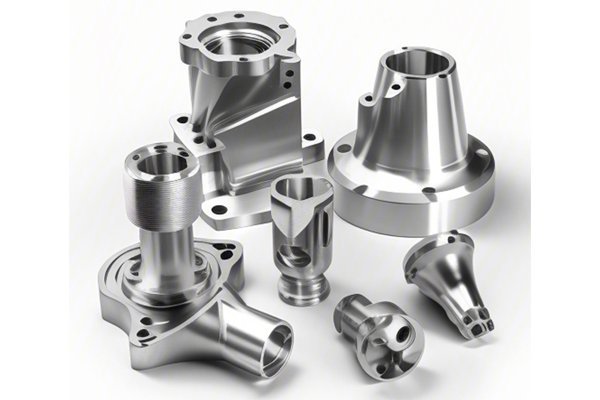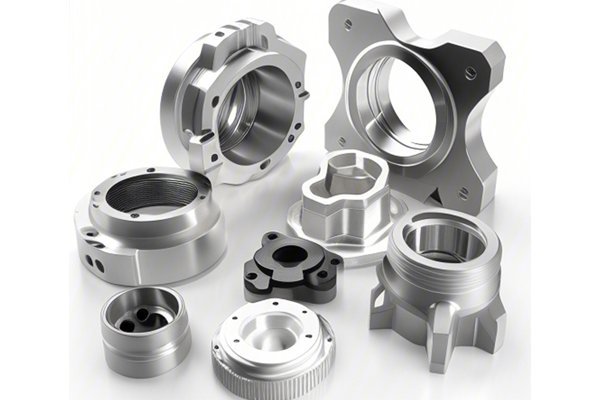Did you know that polyoxymethylene (POM), also known as acetal, has a coefficient of thermal expansion that is 20 times lower than that of many metals? This remarkable property makes POM an ideal material for precision engineering applications, especially in the realm of CNC machining. However, despite these advantages, achieving high accuracy in CNC machining of POM can be a nuanced challenge. In this comprehensive guide, we’ll explore various strategies and techniques for boosting the accuracy of POM CNC machining, ensuring that manufacturers can maximize the potential of this versatile material.
—
Understanding POM and its Properties
Before delving into specific machining techniques, it’s essential to understand the unique properties of POM and why it is widely used in various industries.
What is POM?
POM is a thermoplastic that boasts excellent mechanical properties, such as high strength, stiffness, and resistance to wear and fatigue. It is often utilized in manufacturing applications that require precision, such as automotive components, gears, and electronic parts.
Key Properties of POM:
These properties make POM a popular choice for CNC machining; however, to truly harness its potential, manufacturers must focus on improving machining accuracy.
—
Challenges in CNC Machining of POM
The CNC machining process can be influenced by several factors that affect the accuracy of the final product. Understanding these challenges is the first step toward overcoming them.
Despite its low thermal expansion, POM can still experience dimensional changes during machining due to heat generated by cutting tools. Uneven heating can lead to warping and inaccuracy.
The quality of tools used in CNC machining is paramount. Dull or improperly maintained tools can lead to poor surface finishes and loss of dimensional accuracy.
CNC machines are susceptible to vibrations that can occur during the machining process. These vibrations can result in positional inaccuracies and surface defects.
If the CNC machine is not calibrated correctly, it can lead to significant discrepancies between the programmed dimensions and the final product.
—
Techniques to Improve CNC Machining Accuracy for POM
With an understanding of the challenges, we can investigate the various techniques and methods to enhance the accuracy of POM plastic CNC machining.
Choosing the right tools is fundamental to improving machining accuracy. Consider the following aspects when selecting tools for POM machining:
The relationship between cutting speeds, feed rates, and the accuracy of the machined part is critical. For POM, consider the following guidelines:

Managing temperature during the machining process is crucial for maintaining dimensional accuracy. Implementing the following practices can help:
To mitigate vibration effects during CNC operations, consider the following methods:
Regularly calibrating your CNC machine can dramatically improve machining accuracy. Follow these best practices:
Investing in advanced CNC technologies can yield substantial benefits. The following technologies are worth considering:
Efficient tool path strategies can greatly affect both the accuracy and efficiency of your machining process. Consider the following:
Ensure your team is well-versed in the nuances of CNC machining for POM. Invest in training programs that cover:
—
In summary, improving the accuracy of POM plastic CNC machining involves a multifaceted approach that considers material properties, tool selection, cutting parameters, and machine efficiency. By implementing the techniques outlined in this blog—such as optimizing tool selection, managing temperatures, employing vibration damping, and embracing advanced technologies—you can significantly enhance the precision of your CNC machining operations.
As industries increasingly rely on precision-engineered components, the importance of mastering the machining of high-performance materials like POM cannot be overstated. By consistently applying these practices, manufacturers can ensure high-quality outputs that meet or exceed customer expectations.
In conclusion, the journey to achieving accuracy in CNC machining is continuous. It’s essential to keep abreast of evolving practices, technologies, and insights to maintain a competitive edge in the market. Remember, investing in CNC machining accuracy today lays the groundwork for future successes and innovations.
Related Posts
- What are the key differences in material properties between PA66 nylon and POM plastic in CNC machining?
- How Does CNC Machining of Transparent PC Plastics Compare to Other Materials in Terms of Precision and Challenges?
- How Can You Ensure Material Certification and Quality Control in CNC Machining Processes?






